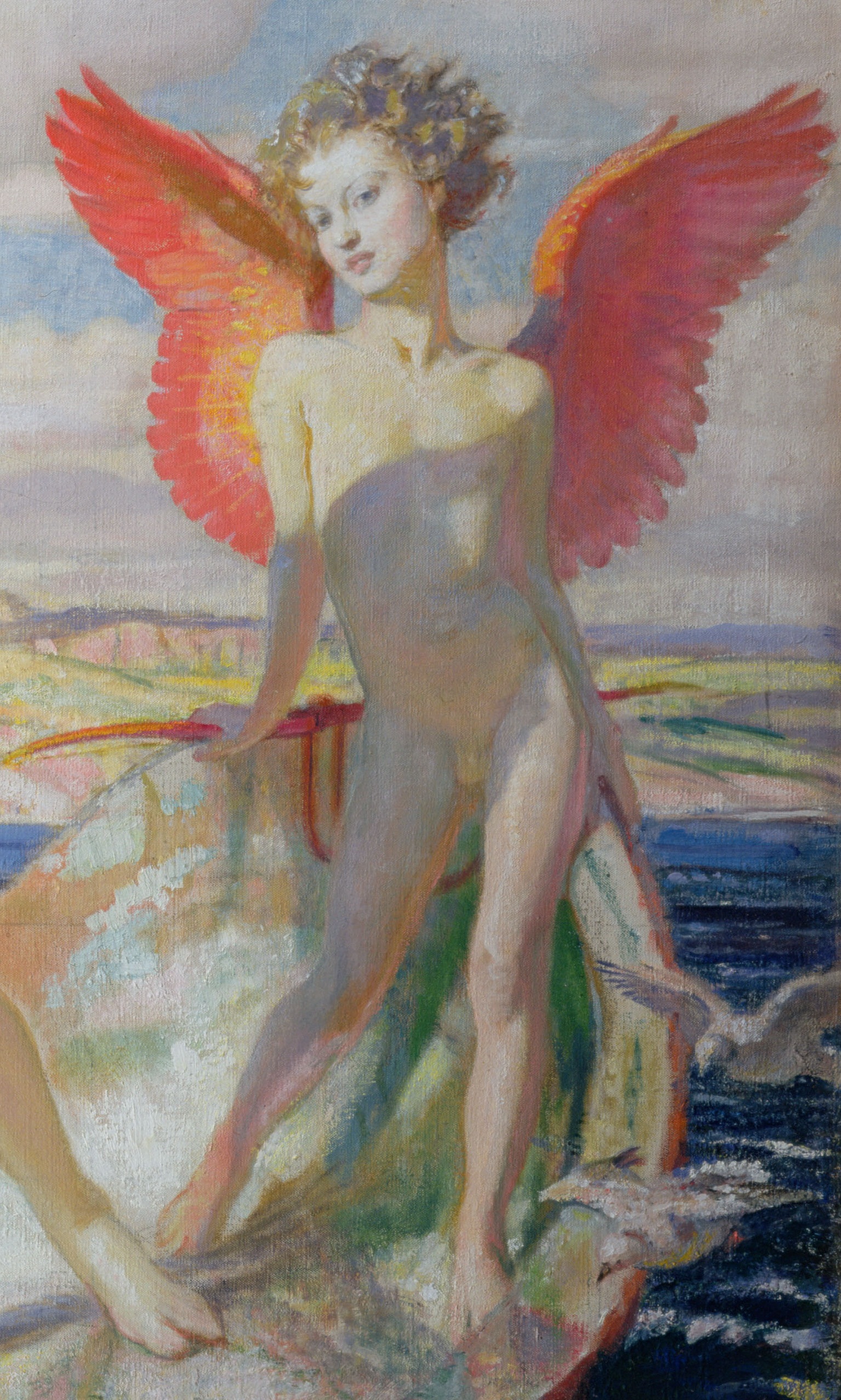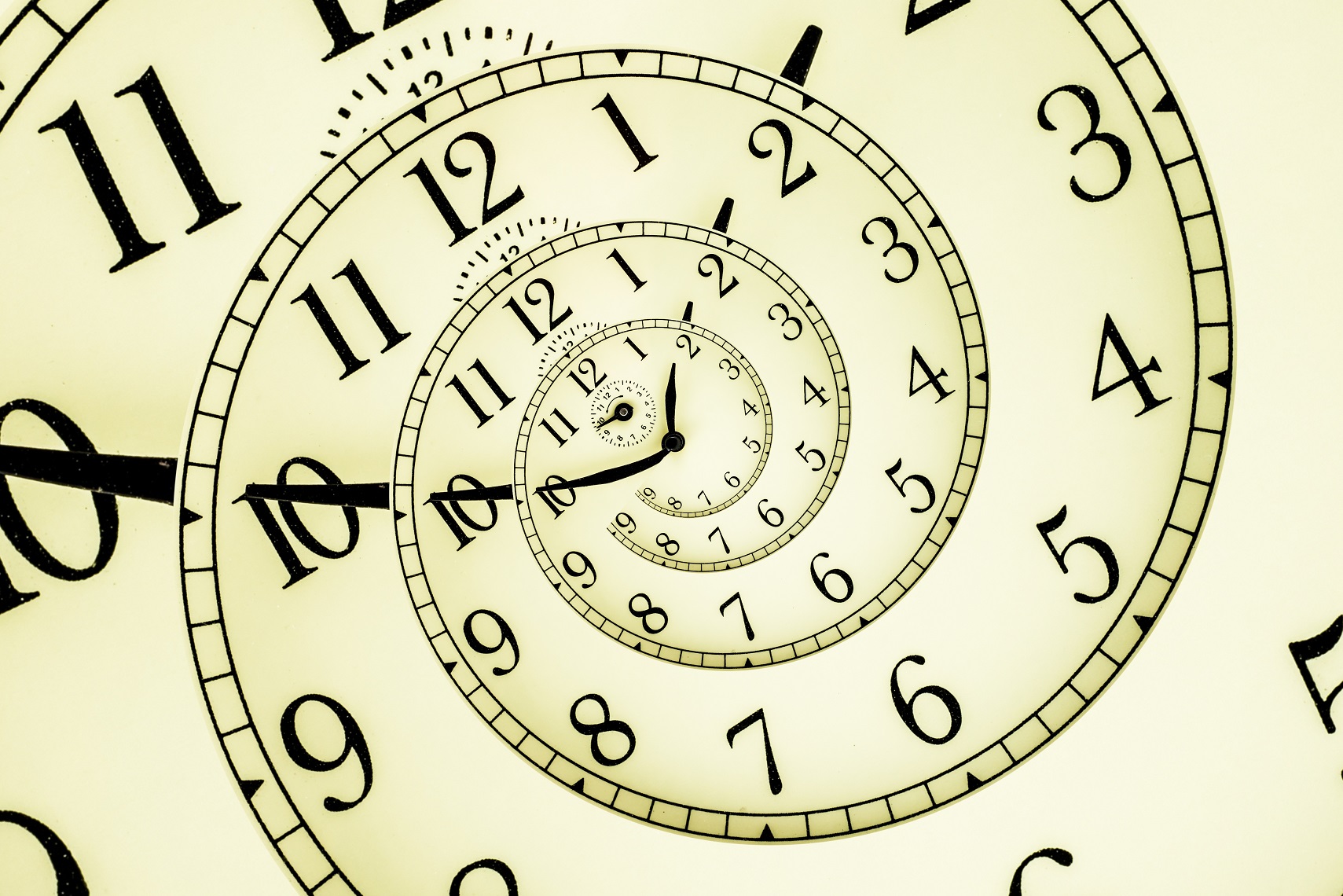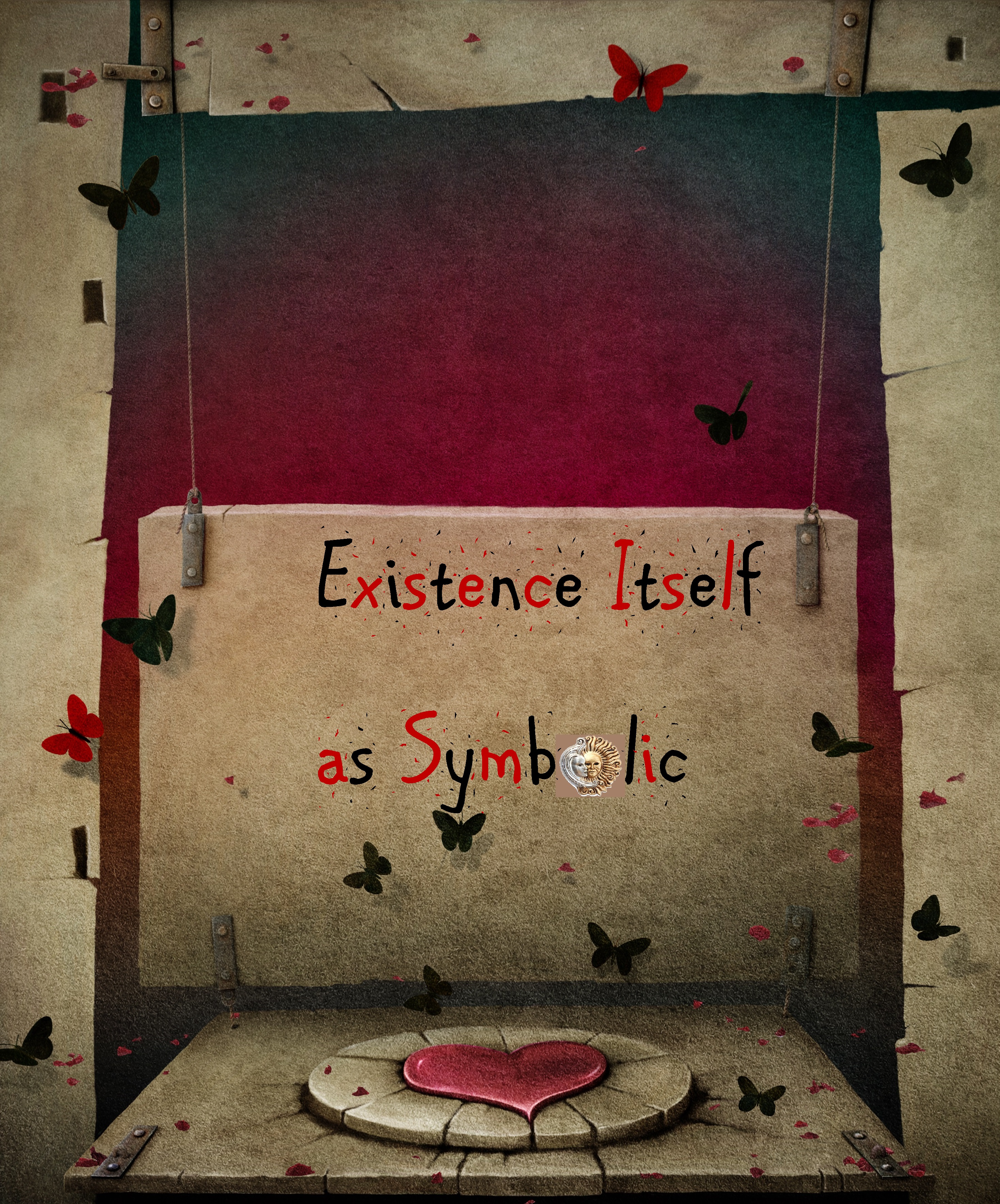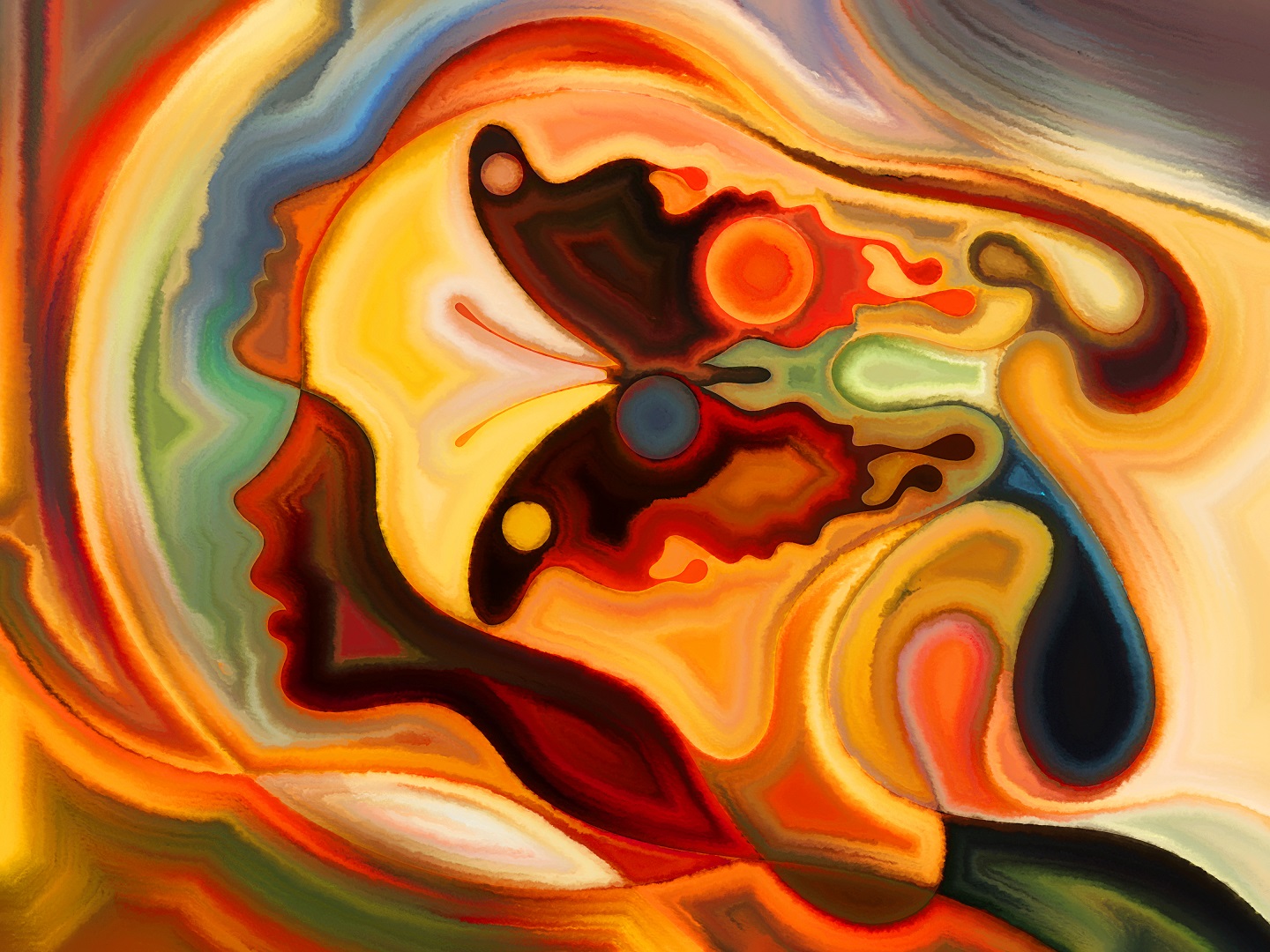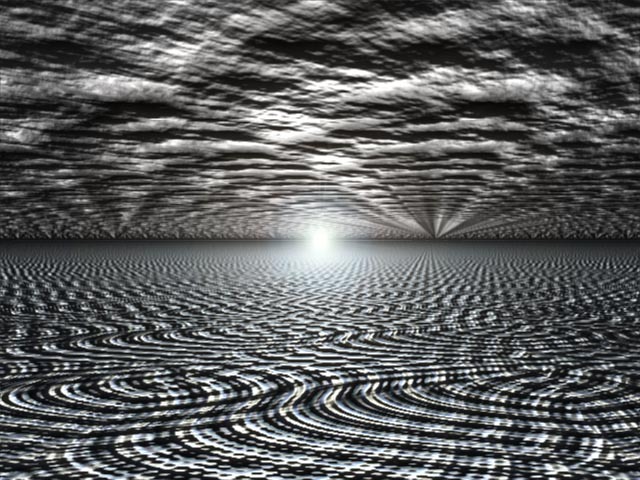
As a therapeutic method, hypnosis is quite at home in modern dynamic psychiatry and psychotherapy though the degree to which it influenced the healing methods of autochthonous cultures remains indeterminate. Naturally it would be ignorant to assume that the therapeutic practices of the Australian Aborigines, the American Indians, the Incas, the Southeast Asians, and the native African peoples don’t involve forms of contracted consciousness. The incessant chanting, singing, wailing, and other repetitive activities are obviously designed as to facilitate a gradual shift away from the limited grasp of reality experienced in everyday waking consciousness and into unconscious realms inhabited by spirits, demons, and other disembodied entities. But on the downside one can never be too sure if hypnotic trance states experienced by patients during native healing ceremonies are instigated purposefully or if they are merely by-products of the healer’s engagement.
A great many anthropologists have travelled the four corners of the world seeking to comprehend the role of hypnosis in the cosmogony and rituals of indigenous peoples. From some of these studies it has been inferred that semi-conscious states are attained by some medicine men, particular those of Australian Aboriginal populations who utilize them to harness the magical powers of the earth itself. Whilst travelling through remote areas of the Great South Land (Australia), the Anglican clergyman turned Australian anthropologist Adolphus Peter Elkin (1891–1979) discovered that a unanimous belief preponderated amongst all medicine men in Australia. They claimed that by entering hypnotic trance states an invasive bodily process that accompanied the final phase of their initiatory rites became tolerable. Moreover these Australian medicine men believed that hypnotic states allowed them access to the rudimentary building blocks or “stuff” of the universe and that through them the proliferation of collective hallucinations, visions, and other paraphysical phenomena became possible. Some of the ‘occult” phenomena they describe are strikingly similar to those that Tibetan Buddhist monks claim to be able to materialize.
Despite the fact that hypnosis does play a role in some ancient healing techniques, practitioners and experts in the history of dynamic psychiatry are still undecided as to whether it was an instrumental catalyst in treating the respective ailment or if it merely offered an avenue through which intercourse between two or even three distinct levels of reality was wrought. Thus far it has been shown by German Egyptologist Heinrich Karl Brugsch (1827–1894) that the earliest instance of a hypnotic procure that mimics contemporary hypnotherapy actually comes from a third century papyrological document from Egypt. The document describes the hallucinogenic experiences of a young boy who was mesmerized by an elder with the help of an incandescent item. Whilst it remains unclear as to whether or not the object used to fixate the subject was swung back and forth in the manner that a hypnotist might do with a pendulum today, what remains certain is that the endeavour was more a form of divination than anything to do with healing or therapy. With respect to the evolutionary path of the Western world, it appears that the application of hypnosis as a therapeutic technique didn’t come about until the Hellenistic period when beautiful sanctuaries known as Asclepia were constructed in select areas of Greece proper to aid healing through dream therapy.

